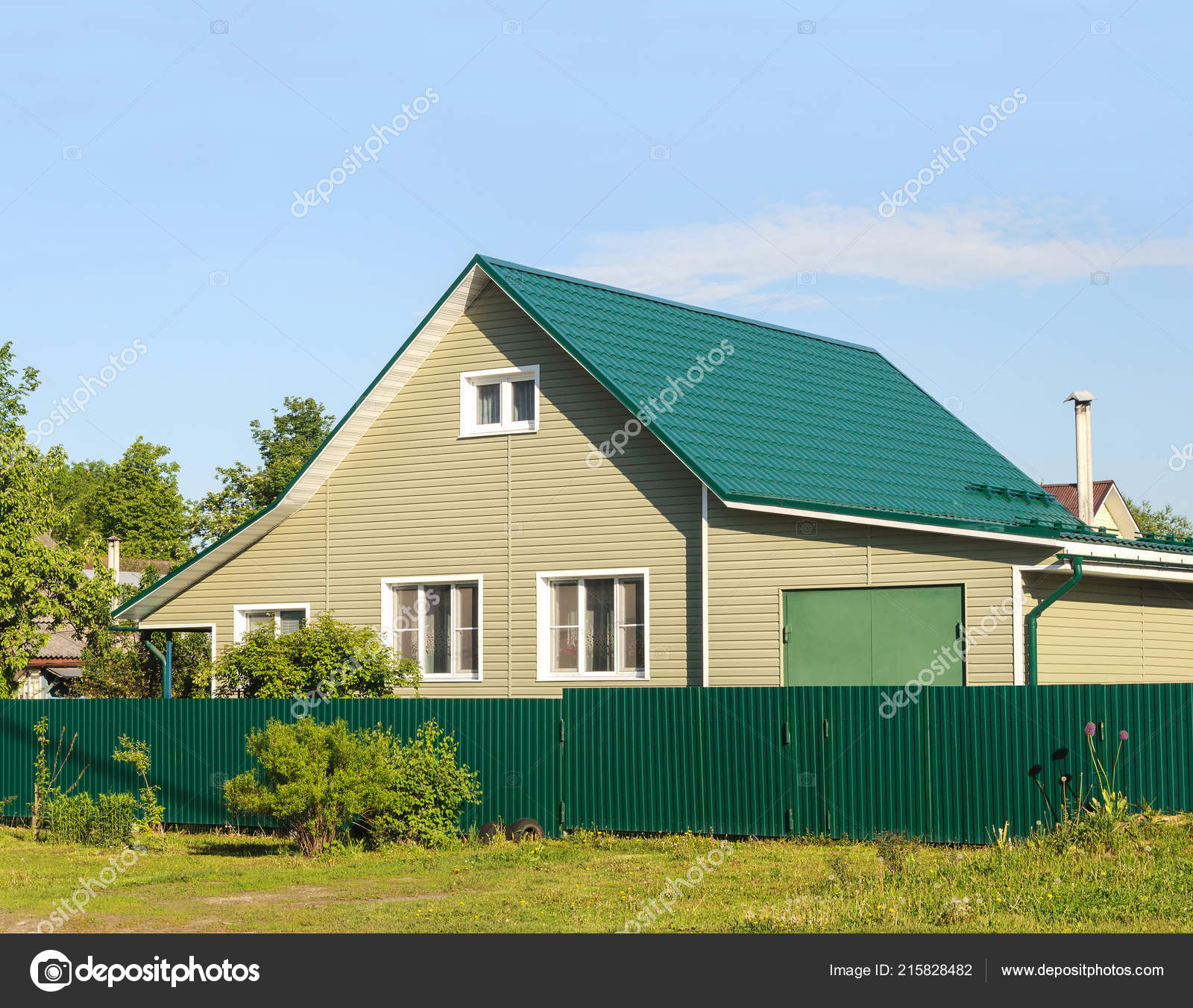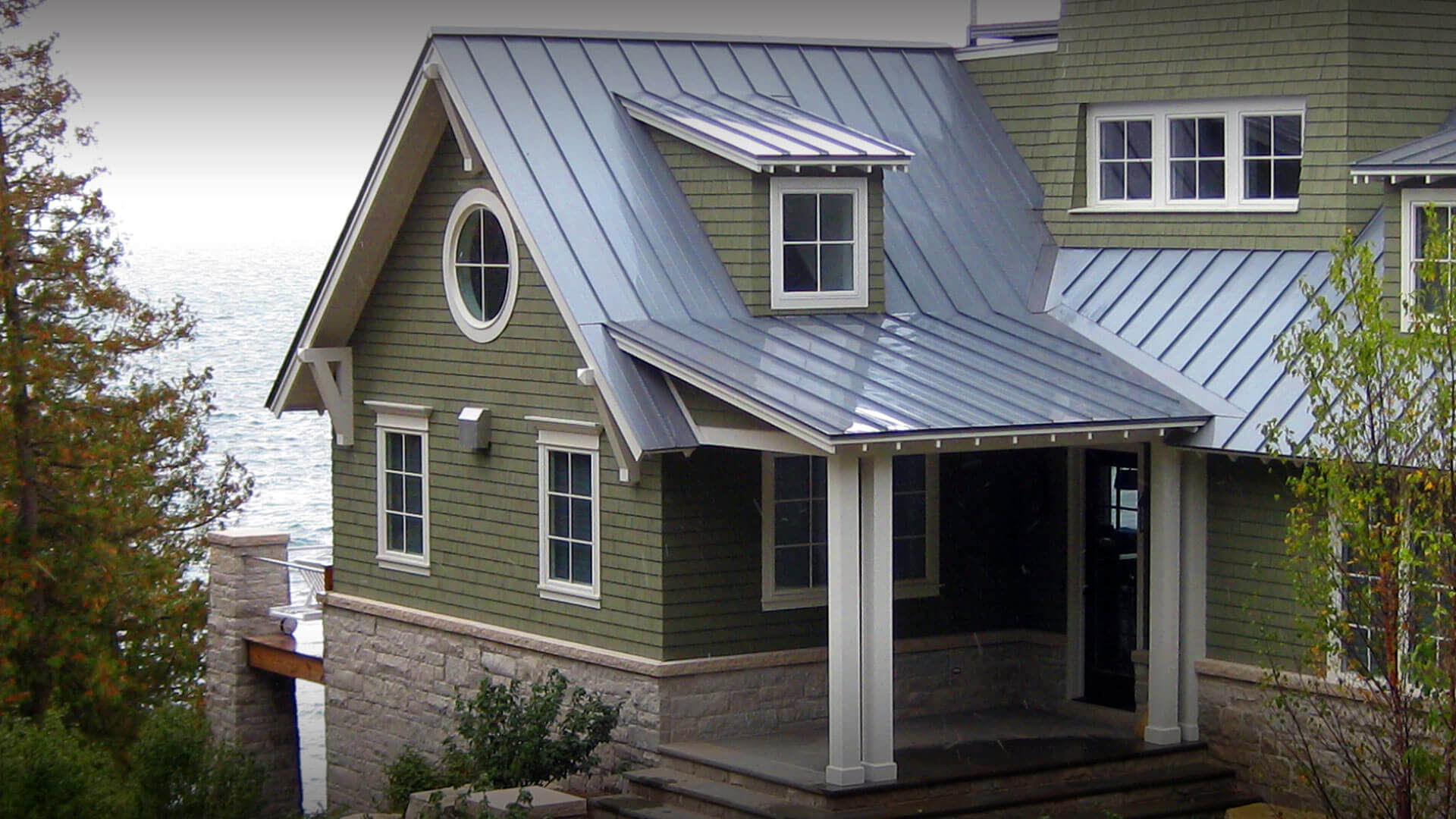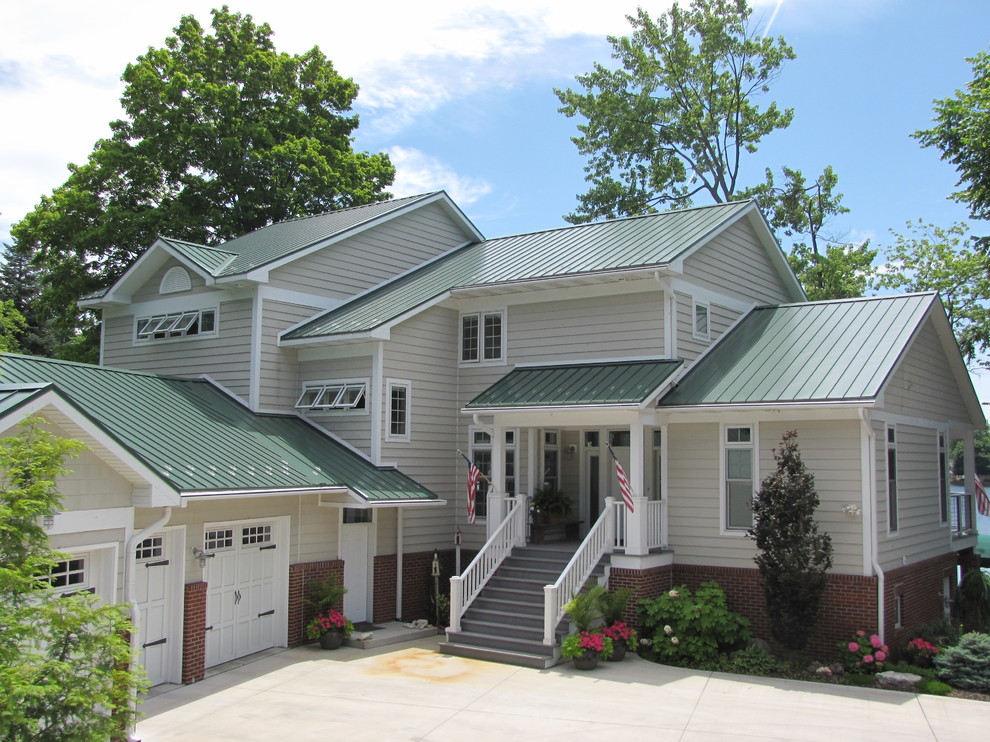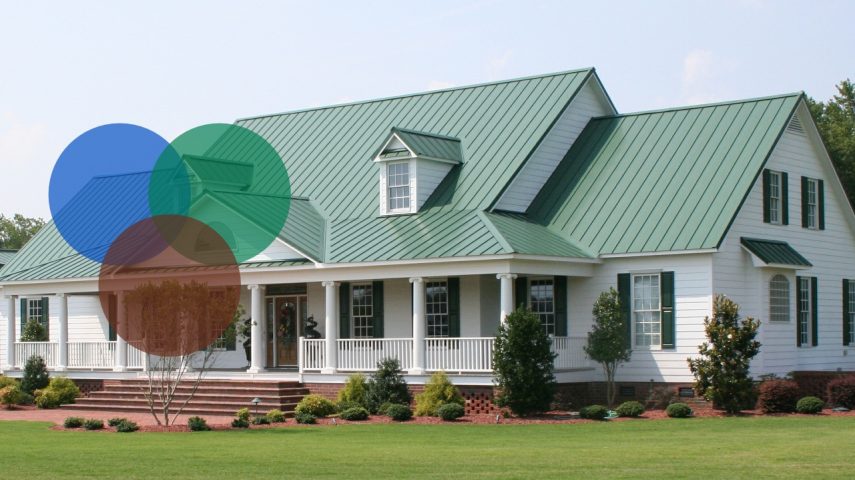White House With Green Metal Roof

The iconic White House, a symbol of American democracy and global leadership, is facing a critical infrastructure challenge: its aging roof. Decades of exposure to harsh weather conditions have taken their toll, prompting serious discussions about a potential replacement. One proposal, gaining traction within sustainability circles, involves replacing the existing roof with a durable, energy-efficient green metal roof.
This potential change raises complex questions about historical preservation, cost-effectiveness, and the symbolic message such a decision would convey to the world. The debate underscores a larger national conversation about balancing tradition with modern sustainability goals, and the role of government in leading by example.
The core issue at stake is the long-term viability of the White House itself. Any roof replacement project will be expensive and complex. The decision-making process must consider historical accuracy, environmental impact, and taxpayer value.
The Current State of the White House Roof
The current White House roof is a composite structure, primarily composed of slate and other materials chosen for their durability and aesthetic appeal at the time of construction. However, architectural assessments, confirmed by the National Park Service (NPS), which oversees the White House grounds, indicate that portions of the roof are showing signs of deterioration.
These include cracked and missing slates, water damage in underlying structures, and concerns about the roof's ability to withstand severe weather events, which are becoming increasingly frequent. The cost of continuous repairs is escalating, prompting a reevaluation of a comprehensive replacement strategy.
Regular inspections are conducted to address immediate concerns, but a long-term solution is crucial to protect the historic building and its contents. The architectural integrity of the building must be maintained, while also improving the building's overall safety.
The Green Metal Roof Proposal: Benefits and Considerations
The proposal to replace the existing roof with a green metal roof presents several potential advantages. Metal roofs, particularly those made from recycled materials, are known for their durability and longevity, often lasting 50 years or more with minimal maintenance.
Furthermore, green metal roofs can be designed to reflect sunlight, reducing the building's cooling costs and contributing to energy efficiency. This is in line with the current administration's focus on sustainability and reducing the federal government's carbon footprint.
However, introducing a non-traditional material to such a historic building raises concerns about historical accuracy. Preservationists are wary of altering the White House's appearance, arguing that it could diminish its historical significance.
The aesthetic impact of a metal roof, regardless of its color or design, is a major point of debate. Replicating the appearance of the existing slate roof while using metal is technically possible, but could be more costly than other solutions.
Cost Analysis and Funding
Estimating the cost of a White House roof replacement is a complex undertaking. It requires a detailed assessment of the building's structural integrity, the materials used, and the labor involved.
Early estimates suggest that a green metal roof replacement could range from tens to hundreds of millions of dollars. Securing the necessary funding would likely involve congressional approval and a careful allocation of federal resources.
Life-cycle cost analysis will have to be conducted to justify the upfront investment of a green roof. Such an analysis will consider energy savings, reduced maintenance costs, and the extended lifespan of the new roof.
Historical Preservation vs. Modern Sustainability
The debate surrounding the White House roof highlights the tension between historical preservation and modern sustainability imperatives. Balancing the need to protect a historic landmark with the desire to adopt environmentally friendly practices is a challenge faced by many institutions across the country.
Some argue that preserving the White House's historical appearance is paramount, even if it means using less sustainable materials. Others contend that the White House should lead by example, demonstrating its commitment to environmental stewardship through innovative solutions.
Finding a compromise that satisfies both historical and environmental concerns will require careful consideration and open dialogue. It is a decision that goes beyond the physical structure of the building and touches upon the values and priorities of the nation.
Perspectives from Key Stakeholders
The decision regarding the White House roof will involve input from a variety of stakeholders. These include the National Park Service, the White House Historical Association, members of Congress, and the general public.
The NPS, responsible for the upkeep of the White House grounds, will play a crucial role in evaluating the technical feasibility and historical impact of the proposed roof replacement. The White House Historical Association, dedicated to preserving the history of the White House, will offer guidance on maintaining the building's historical integrity.
Congressional support will be essential for securing the necessary funding for the project. Public opinion, gauged through surveys and other forms of communication, will also influence the decision-making process.
Looking Ahead: The Future of the White House Roof
The future of the White House roof remains uncertain, but one thing is clear: a decision must be made soon to address the deteriorating condition of the existing structure. The options are being carefully weighed, with a focus on finding a solution that balances historical preservation with modern sustainability goals.
The final decision will likely be influenced by a combination of factors, including cost, historical impact, and public opinion. Regardless of the outcome, the process underscores the challenges and opportunities associated with preserving and adapting historic landmarks in the 21st century.
The upcoming decision represents a significant moment, not only for the White House, but also for the broader conversation about sustainability and historical preservation. It is an opportunity for the nation to demonstrate its commitment to both its past and its future.


















